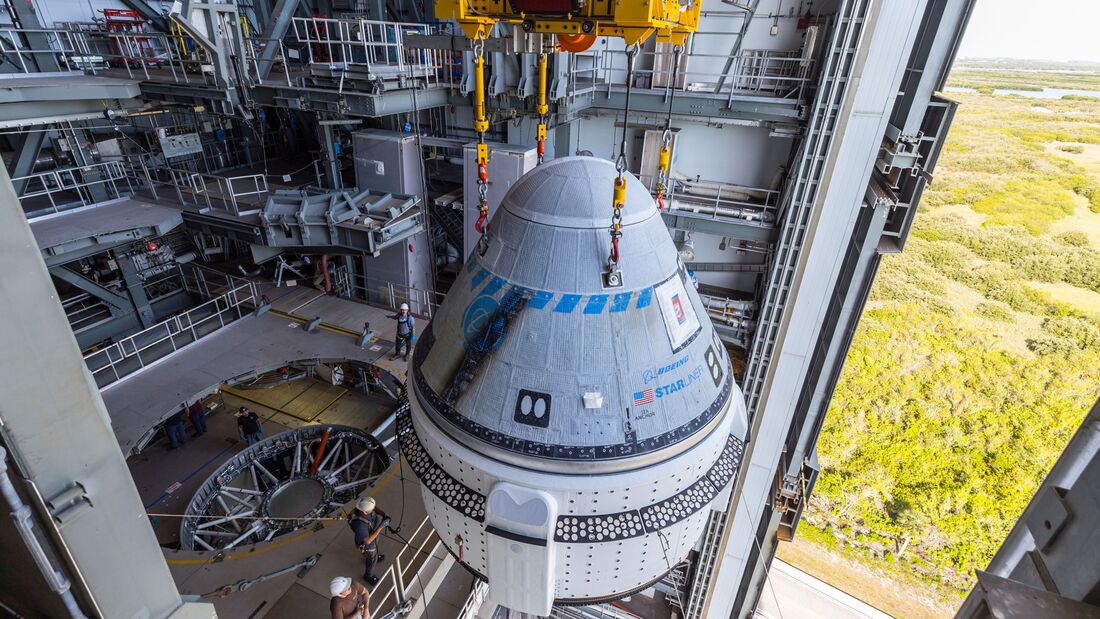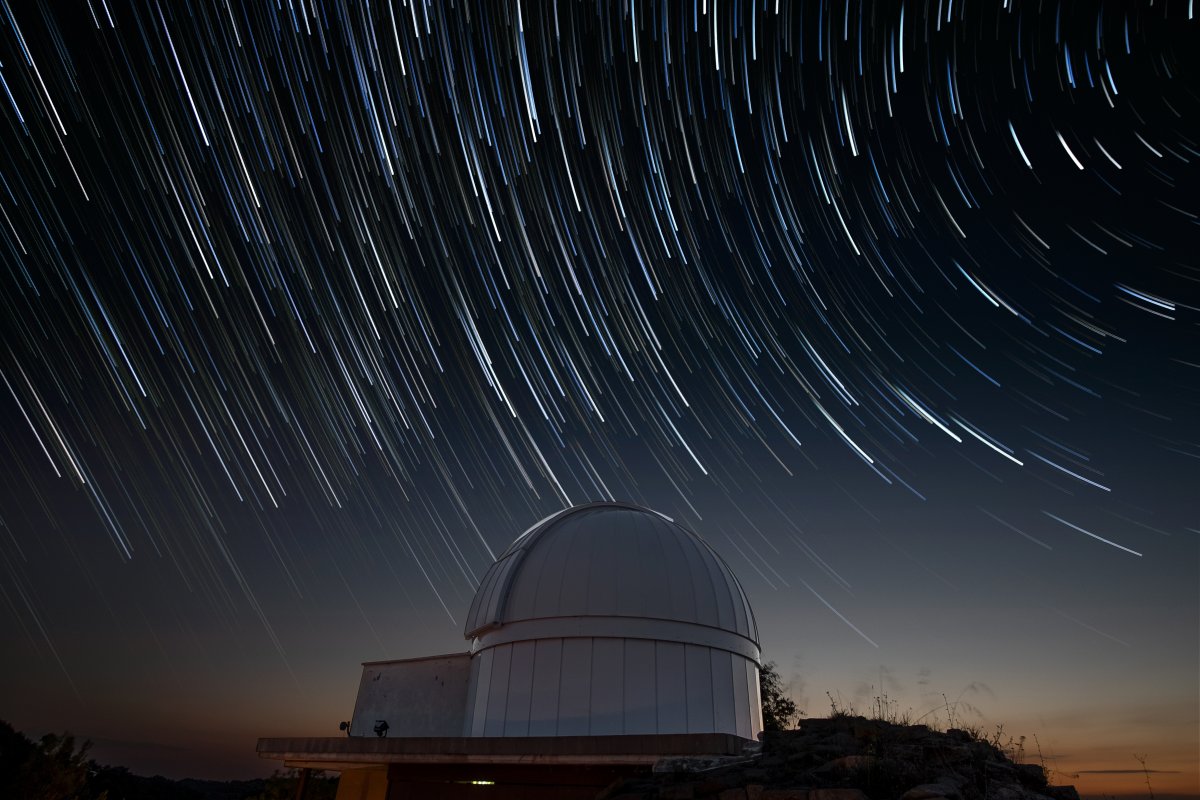An alternative to established theories about the nature of gravity developed by Isaac Newton and Albert Einstein could resolve the mysterious contradiction in the so-called Hubble constant. This is what a research group led by Sergei Mazurenko from the University of Bonn believes. Their work is based on the hypothesis that different measurements of the expansion speed of the universe can be explained by the fact that we are in the middle of a giant bubble with a lower density of matter. While the Standard Model of cosmology does not predict such regions, so-called Modified Newtonian Dynamics (MOND) predicts exactly such bubbles, the researchers claim.
advertisement
With an alternative theory of solution?
It was suggested two years ago that the universe may be more open and hotter than previously thought, while we are in a kind of bubble in which the density of matter is much lower. If this is indeed the case, this might explain why we have been constantly measuring different values of escape velocities for relatively close and distant objects for many years. The Hubble Potential is one of the great mysteries of modern astronomy, and because it has not been solved but has only been deepened by increasingly precise measurements, there have been new attempts to explain it for years.
also Mazurenko’s group is now pointing this outThe different measured values of the Hubble constant (H0) haven’t been close to each other for years. Value is a fundamental quantity for understanding the universe. It refers to the speed at which an object moves away from us at a distance of one million parsecs (3.26 million light-years) due to the expansion of the universe alone. Measurements of relatively nearby objects in the universe consistently provide a value of about 74 km/s/Megaparsec, while the Planck Space Telescope determined a 9% lower value (just over 67 km/s/Megaparsec) by analyzing the cosmic background radiation (CMB). .
Just one year ago, the most precise measurements of the universe’s local expansion speed to date by the Hubble Space Telescope once again confirmed this mysterious paradox. The researchers responsible talked about this amazing work of the space telescope, and pointed out that determining the value as accurately as possible also tells us, among other things, about the age of the universe as a whole. When Hubble was sent into space, information about the age of the universe was still oscillating between 8 and 20 billion years, but the estimate is now about 13.8 billion years.
The existence of the hypothesized giant bubble, which ensures different values are determined in our cosmic neighborhood compared to the rest of the universe, is not expected in the current Standard Model, Mazurenko’s team now writes. But if you say goodbye to Einstein and instead use one of the best known alternative theories as a basis, everything fits together. MOND “accurately predicts” the existence of such bubbles, says astrophysicist Pavel Krupa, who participated in the work. He has been constantly promoting the alternative theory for years This was met with criticism. the Work on alternative explanations The Hubble effort was published in the scientific journal Monthly Notices of the Royal Astronomical Society (MNRAS).
(meh)

“Tv expert. Hardcore creator. Extreme music fan. Lifelong twitter geek. Certified travel enthusiast. Baconaholic. Pop culture nerd. Reader. Freelance student.”







More Stories
Boeing space capsule: Starliner before the first manned test flight
Shooting stars from Eta buckets on the way | tagesschau.de
Horsehead Nebula close-up – new images from the James Webb Telescope